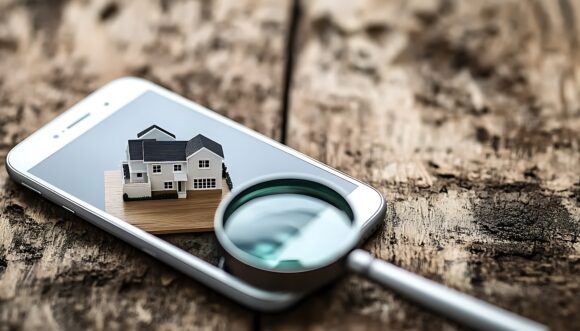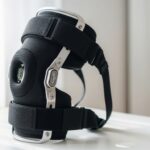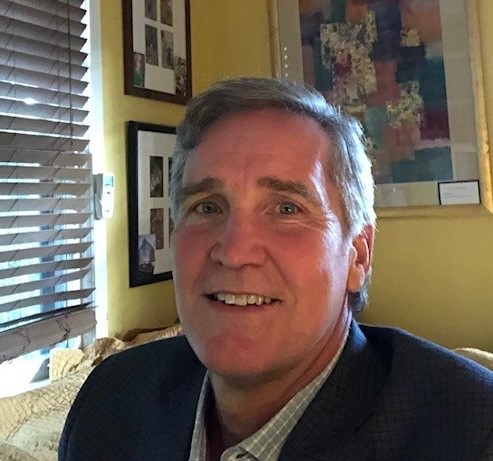The future of home inspections is here and it’s in the hands of…the homeowner, according to leaders of two firms that have developed DIY systems now being used by prospective insureds across the country for pre-policy property surveys.
“Do-it-yourself inspections are here!” said Craig Locante, head of survey business for EXL Survey and Business Control, who spoke at the Insurance Innovators USA conference in Nashville last week. “It’s not a matter of ‘if,’ but ‘How can I implement it?'”
EXL is one of the largest of several companies that now offer apps to facilitate computer or smartphone-based inspections. EXL has teamed up with TruePic to produce software that is used by three of the top five personal lines insurance companies in the United States to get homeowners involved, Locante said.
It works like this: The insurance carrier emails or text-messages the policyholder with a link to the app. The property owner answers several questions in a survey, then shoots photographs of the property, inside and out.
The photos are verified by TruePic’s artificial intelligence software, which can quickly determine if the images are genuine or have been cribbed from the internet or include the neighbor’s house (which may have a newer roof, for example), explained Craig Stack, co-founder and president of TruePic.

“If it’s a picture of a picture, that can be detected,” Stack told the audience. And AI can find location metadata to ensure the images were shot at the policyholder’s address.
And while some insureds may initially be reluctant to share photos of an existing water stain on a ceiling or a tree limb hanging over the house, Locante said most are happy to participate in the process – especially when they hear that the DIY approach avoids some of the cost and all of the intrusion of a physical inspection by a home inspector.
“When given the option, 80% choose the convenience of a digital self-survey,” Locante said. “They’d rather do that than have muddy boots coming through in the house.”
Commercial property owners may be asked to take videos of structures and equipment, Locante said.
Carriers also have embraced the DIY idea, he said. One reason is the significant return on investment: Surveys and software can identify the true value of buildings and contents, showing if the proposed coverage is enough. Homeowners tend to underestimate values and underinsure their properties for a number of reasons, including forgetting about remodeling or upgrades, not to mention inflation and escalating repair costs, he noted.
In 65,000 DIY inspections for three large carriers in the last 12 months, the EXL/TruePic approach was able to show that the majority of properties would have been underinsured—an average of $245,000 in underinsured value per home, Locante said.
The app-based inspections produced an extra $598 in premium per policy and a total of $40 million in additional premium in the first year, he noted.
DIY inspections began to proliferate during the COVID pandemic lockdown, but their popularity has continued to accelerate since then. An estimated 60% of insurance-required home inspections in the U.S. are now being done this way, he said.

Valuable lessons have been learned along the way. Customer satisfaction has proved to be crucial for carriers, Stack noted, so firms have worked to make the process as easy as possible for the homeowner. Other lessons learned include limiting the volume and type of questions posed to the insured. Traditional, on-site surveys by inspection firms have often included more than 50 data points.
“It’s not practical to ask the policyholder to answer 50 questions,” Locante explained.
With so many questions, surveys may not be completed and the accuracy of answers may be suspect. Instead, EXL has learned to focus on a few key questions, such as the age of the roof, if a business is being managed at the site, and if it’s a primary or secondary home. Then, the owner is asked to take “a reasonable number” of photographs.
An underwriter then needs to review the answers and the photographs, to judge if anything has been overlooked, and to assess the risk and replacement cost for the property, said Locante, who once worked in underwriting for Liberty Mutual Insurance.
EXL and TruePic’s generative AI assists underwriters in all of that, by rapidly producing concise property reports, he said.
Other DIY inspection apps available on the market include Tap Inspect, myInspections, LexisNexis Flyreel, Spectora, and more, according to the Apple App Store.
Was this article valuable?
Here are more articles you may enjoy.



 CEO Sentenced in Miami to 15 Years in One of the Largest Health Care Fraud Cases
CEO Sentenced in Miami to 15 Years in One of the Largest Health Care Fraud Cases  Underwriter, Actuary Fears of AI Drop; Work Needed on Collaboration
Underwriter, Actuary Fears of AI Drop; Work Needed on Collaboration  Viewpoint: Artificial Intelligence Is Rewriting the Rules for Commercial Lines
Viewpoint: Artificial Intelligence Is Rewriting the Rules for Commercial Lines  AIG Partners With Amwins, Blackstone to Launch Lloyd’s Syndicate Using Palantir
AIG Partners With Amwins, Blackstone to Launch Lloyd’s Syndicate Using Palantir 


